Earlier this year, as borders finally reopened, I began planning a trip to Osaka and Kyoto to revisit a friend and explore these vibrant Japanese cities. This time, armed with a newfound passion for photography. I was eager to capture the essence of Osaka through the lens of my Pentax KX, and a recently discovered film stock, ORWO Wolfen NC400. While visiting my local film lab, I stumbled upon a fresh batch of NC400, a new colour film stock. Intrigued by the opportunity to try a new film, I purchased a roll, knowing it would accompany me on my Japan trip. During the planning stage I knew I wanted to take photos at Mt Inari on NC400 with a Pentax KX. With limited luggage space, I selected my gear, opting for the reliable and mechanical Pentax KX along with its 50mm f/1.4 lens. While it added weight to my luggage, I valued the dependability of this combination.
A Day in Kyoto’s Fushimi Inari Shrine
On the third day of my trip, the sun was shining brightly as my friend and I embarked on a train ride to Kyoto. Our destination was the magnificent Fushimi Inari Shrine, renowned for its captivating trail adorned with vibrant red gates. As we began our hike up Mt Inari I loaded NC400 into my Pentax KX, ready to capture the enchanting surroundings. The shrine, nestled in the scenic hills of Kyoto, proved to be a captivating destination for my photography journey. As I ascended the sacred Mt Inari, I found myself surrounded by a tunnel of torii gates.
The trail meandered through a dense forest, dappled in sunlight filtered through the foliage, casting shadows on the moss-covered paths. The serenity of the shrines that flanked the trail, coupled with the vibrant hues of the gates. It had a harmonious blend of tranquillity and visual appeal. As we made our way up the trail, I encountered varying lighting conditions—sunlight piercing through the dense tree cover, creating pockets of high contrast. To make sure that I had an accurate exposure, I relied on a light metre app that had proven reliable. I supplemented it with the internal metre of my camera. With an ISO of 400, the film should have had enough speed to be able to get a proper exposure under the canopy of the woods.
About the camera itself
The KX was one of the best of the K line fully mechanical Pentax SLRs. It features everything the K1000 is lacking including a depth of field preview, self timer and mirror lockup. In low light It was great to reduce camera shake. I was able to get some pretty sharp images on the 50mm with a 1/30th of a second shutter speed. By far the most satisfying aspect of using the KX is the crisp shutter slap that really lets you feel when you have taken a picture. As a camera it has some unique ergonomics and features, such as the shutter lock switch on the shutter button, but more importantly the light metre on switch, which is on the frame advance lever: you pull it out and half press the shutter and the metre needle will indicate the shutter speed needed. This took some time to get used to but I ended up hanging the camera off my thumb by the lever to read the metre, which also made it easier to use one handed.
The Surprising Results
When I finally received my developed negatives and scans, I was surprised by the distinct characteristics of the film. Unlike most negative films its mask was not the usual orange, offering a unique colour rendition. The grain, noticeably more pronounced than other ISO 400 films, added a distinctive texture to the images. Furthermore, the film possesses a lower exposure latitude. In some of the hight contrast scenes, shadows were muddy and highlights blown out. With some post processing and colour correction however I was able to get some usable images.
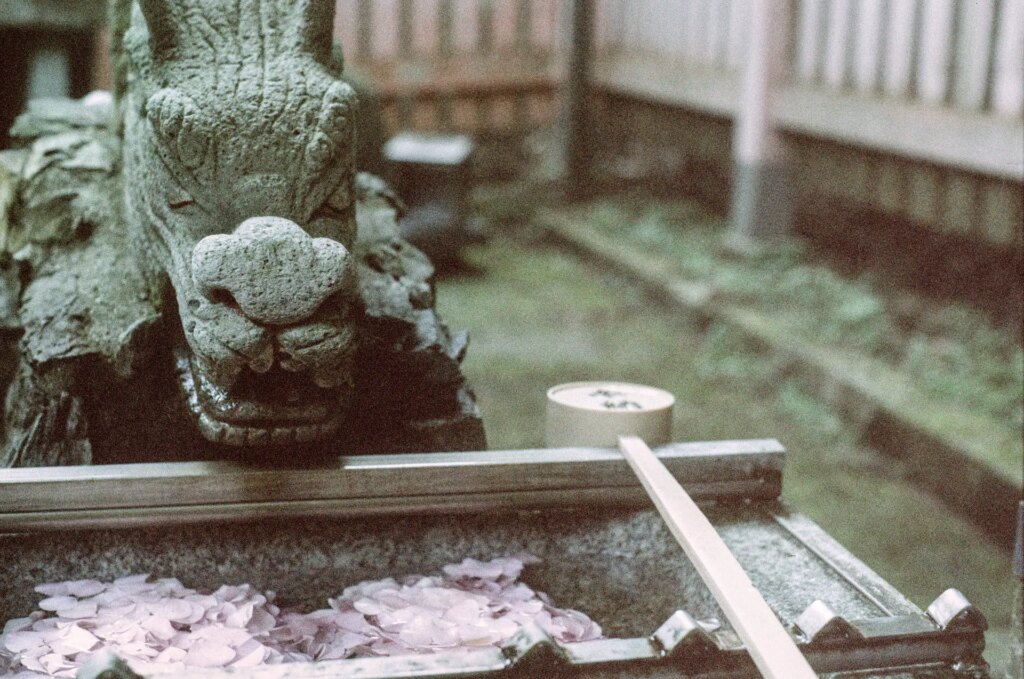
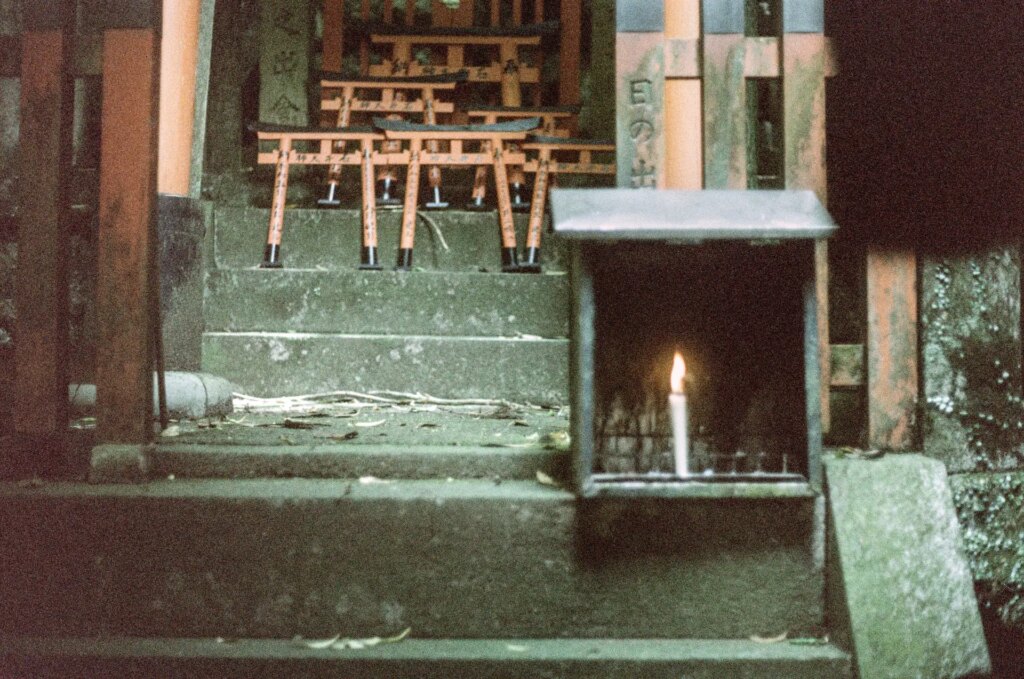
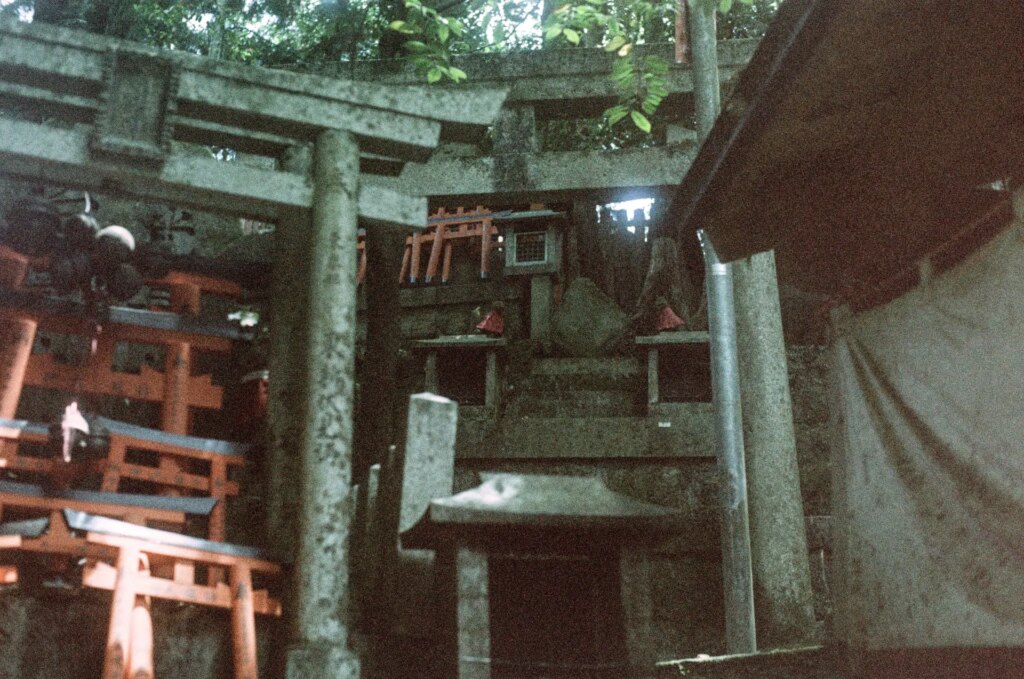
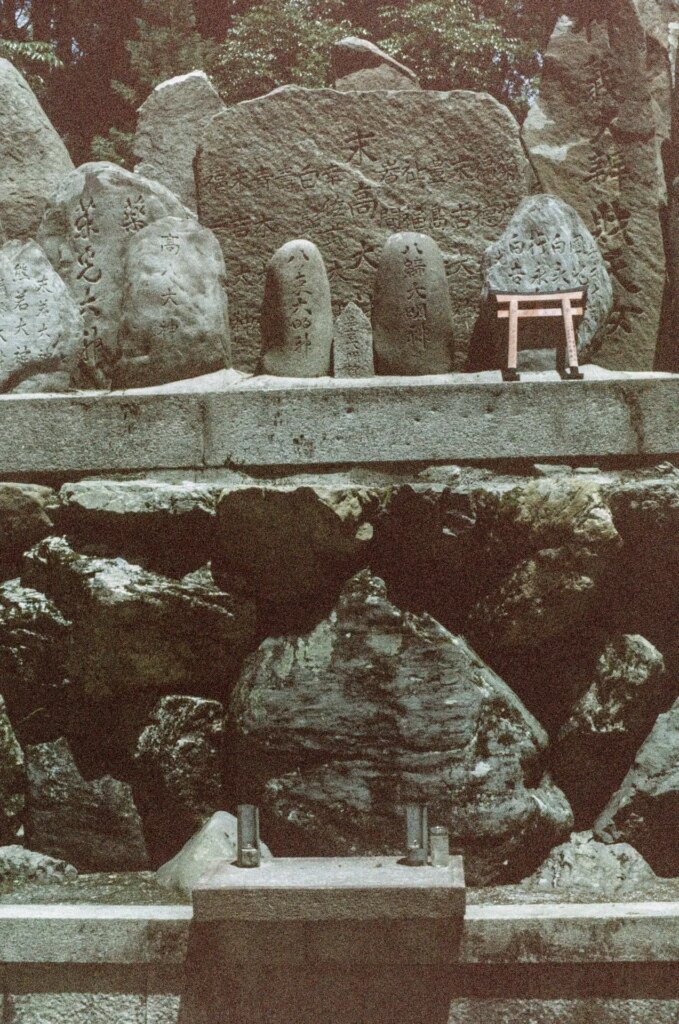
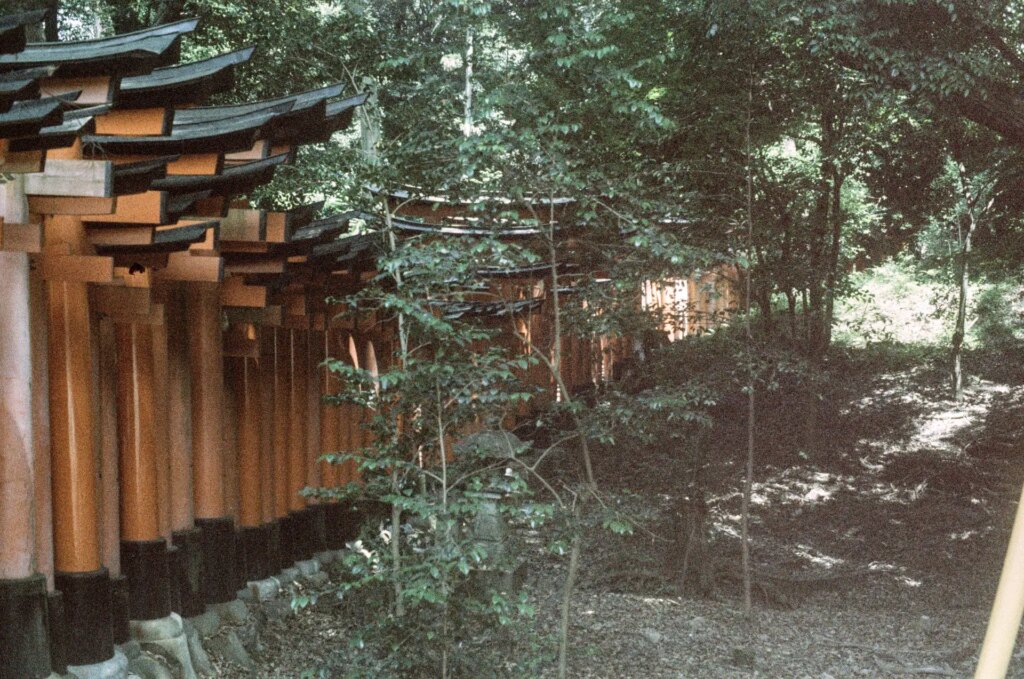
Reflecting on the Journey
Travelling through Osaka and Kyoto with the Pentax and NC400 film was a testament to the unpredictability of shooting film. Despite the challenges presented by varying lighting conditions, the resulting images possessed a distinct aesthetic, invoking that retro aesthetic. After returning to Australia and being somewhat disappointed with the results, I got another roll, presumably from a newer batch. Although the latitude was still lower than I expected from colour negative. It was far less grainy and had a much better colour rendition.
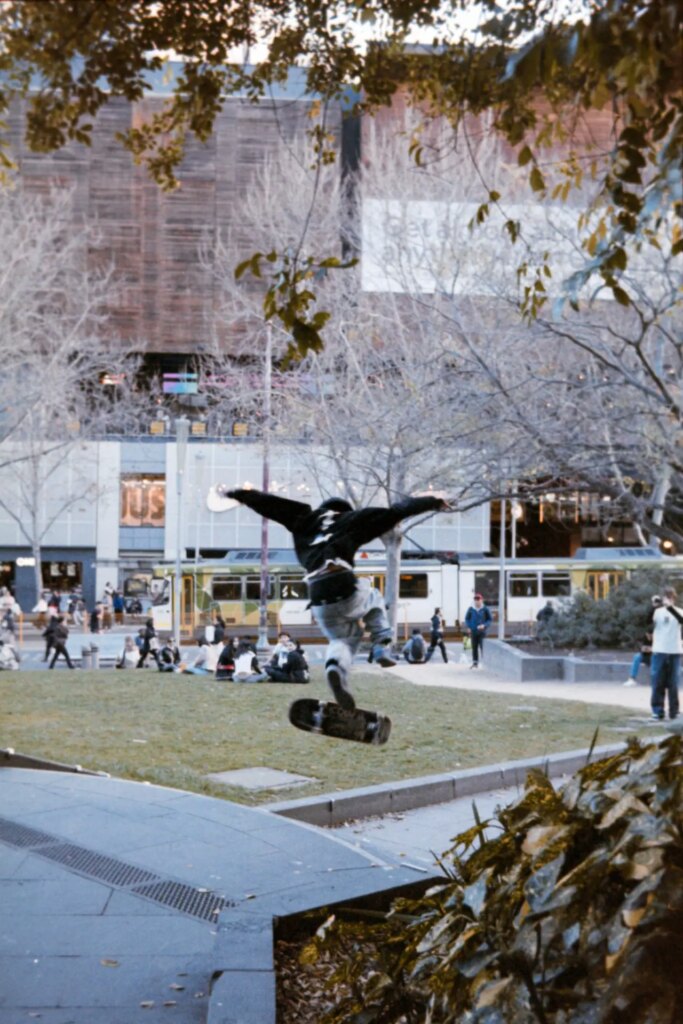
Thank you for reading about my trip shooting on Mt Inari on NC400 with a Pentax KX, you can find me over on Instagram @larperwithacamera or over here if you want to buy me a coffee
Share this post:
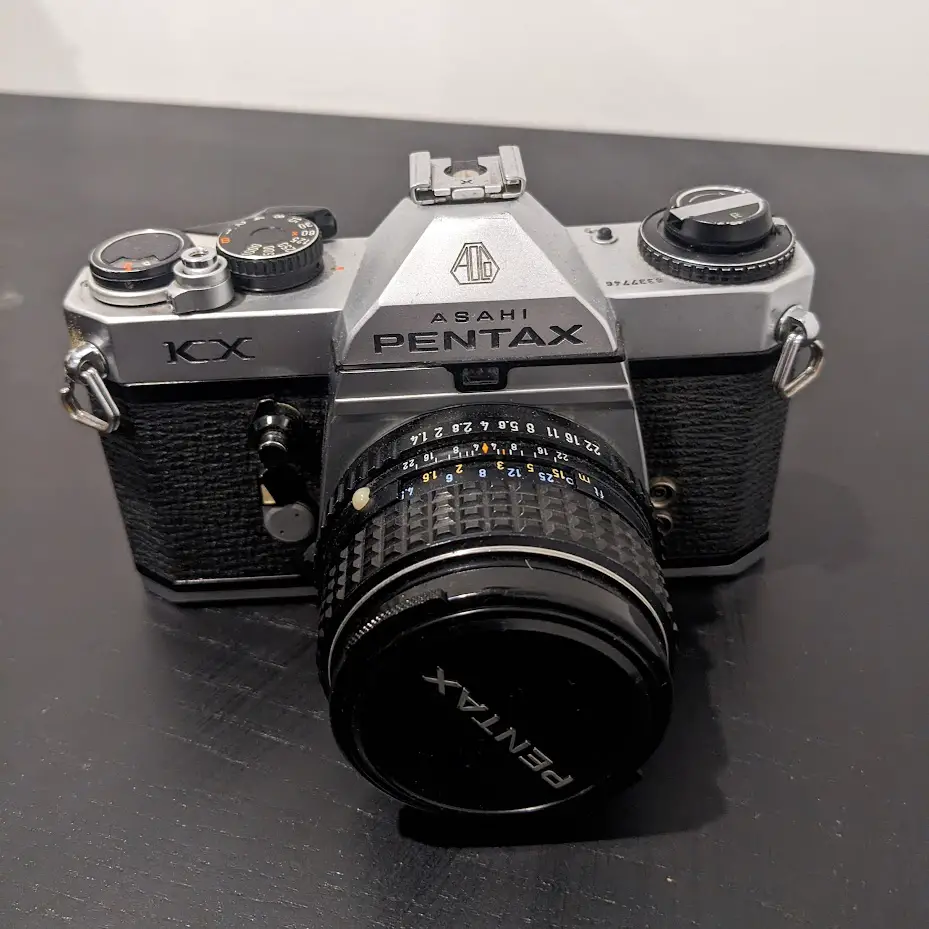
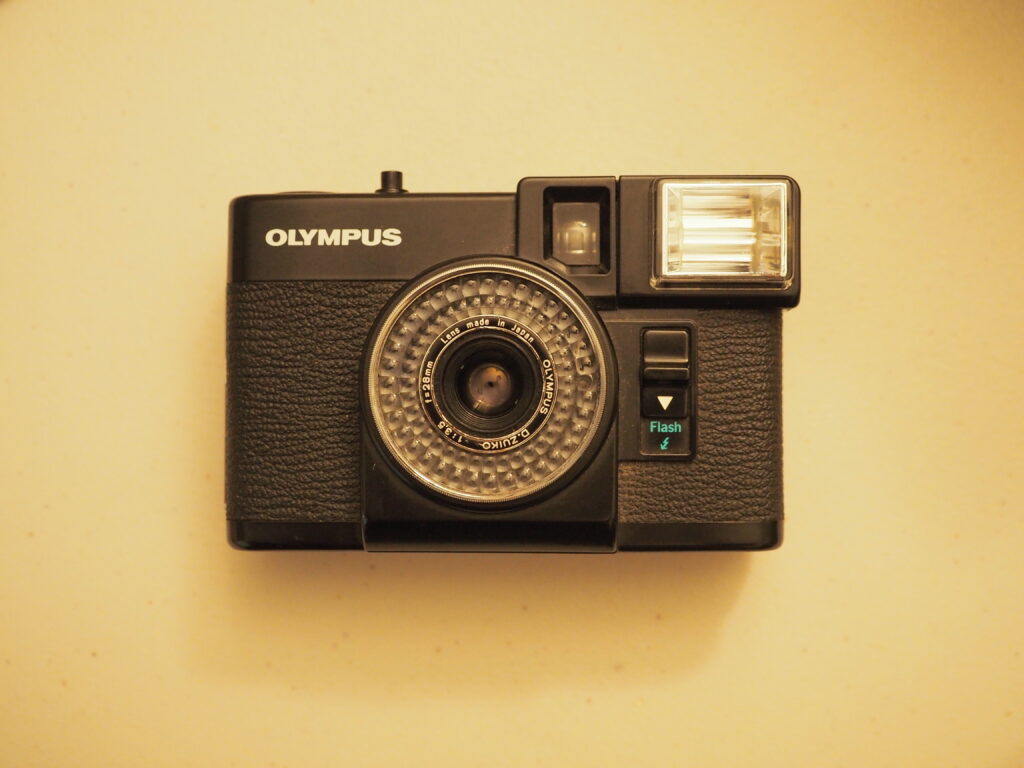

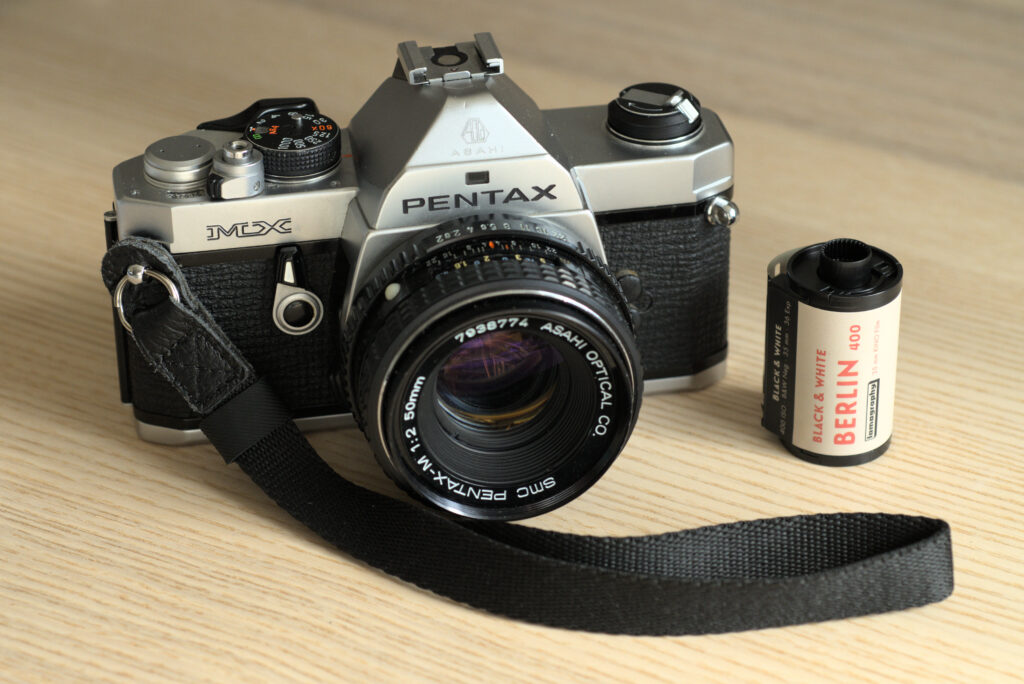
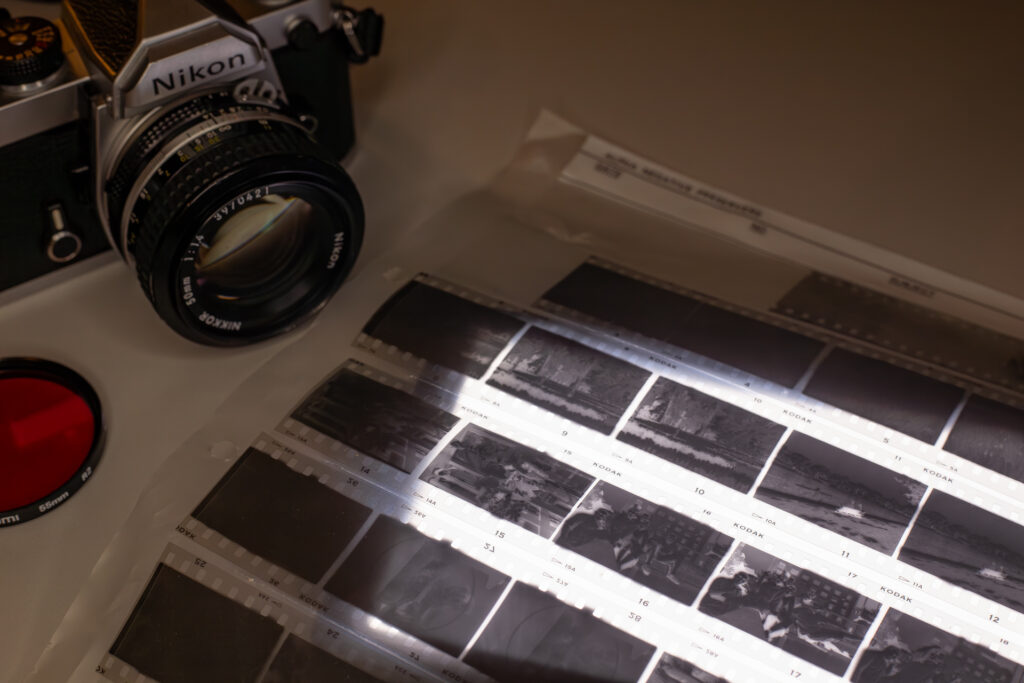




Comments
Pete Kay on 5 frames of Mt Inari on ORWO Wolfen NC400 with a Pentax KX
Comment posted: 25/09/2023
Comment posted: 25/09/2023
Huss on 5 frames of Mt Inari on ORWO Wolfen NC400 with a Pentax KX
Comment posted: 25/09/2023
I also shot it at ISO 200 instead of 400, after seeing other results online that were shot at 400.
Comment posted: 25/09/2023
Khürt Williams on 5 frames of Mt Inari on ORWO Wolfen NC400 with a Pentax KX
Comment posted: 26/11/2023
Khürt Williams on 5 frames of Mt Inari on ORWO Wolfen NC400 with a Pentax KX
Comment posted: 26/11/2023